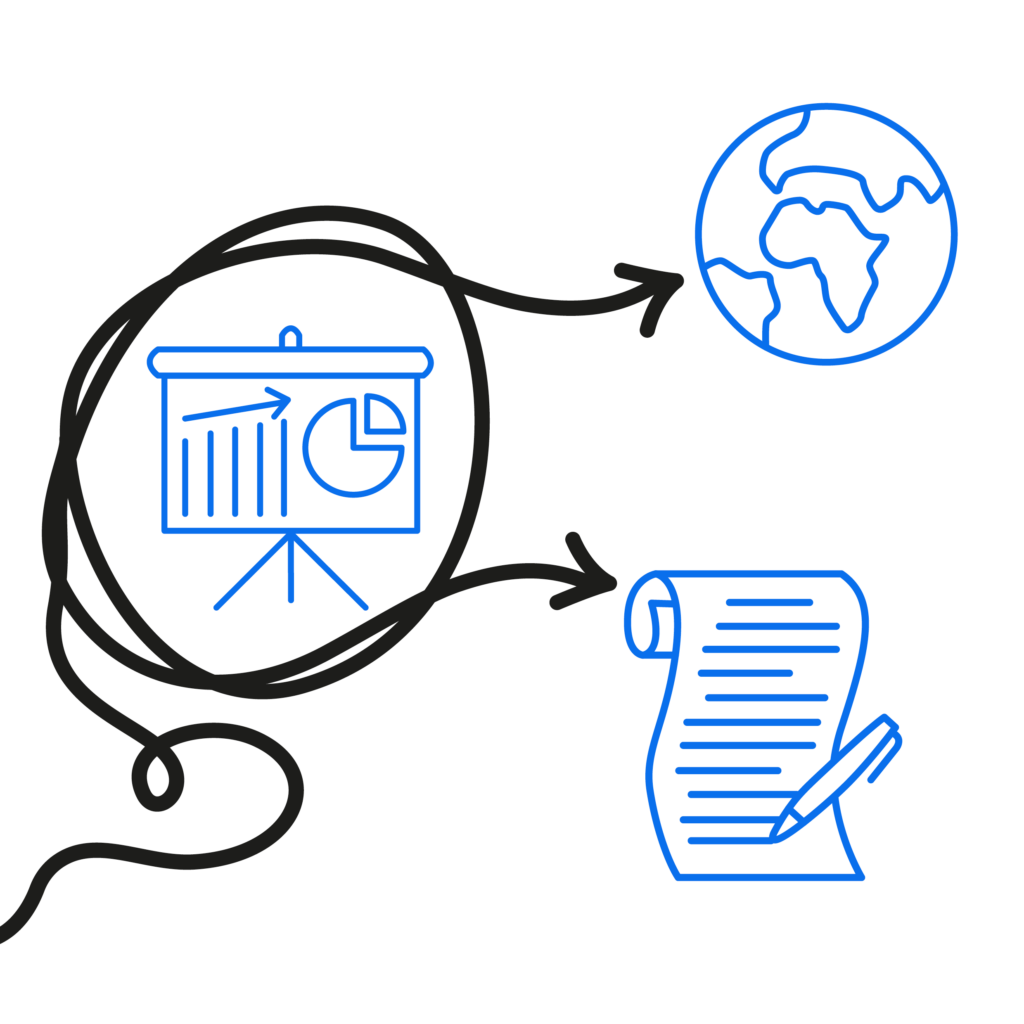
An Impact Innovation Funded Project

Priority Area:
Transparent Pathways
Textile fibre and pharmaceutical interactions in aquatic systems
As environmental science research continues to identify natural textile fibres to be the most common microparticle found in environmental samples, there is an urgent need to understand the potential for natural and plastic fibres to transport chemical pollutants. The wastewater treatment process has been identified as a major pathway of textile fibres to the environment. In wastewater treatment systems, textile fibres will be exposed to, and potentially interact with, other chemicals with shared pathways to the environment. Pharmaceuticals are one such family of pollutants.
It is known that microplastic particles (fibres and non-fibres) have the potential to act as vectors for these chemical pollutants, however, the interaction between these pollutants and natural textile fibres (e.g., cotton and wool) has not been explored. This project aims to establish the interactions of natural and plastic textile fibres with common pain reliving medicines.

Dr Thomas Stanton
Lecturer in Geography
Tom is a Lecturer in Geography in Loughborough University’s Department of Geography and Environment. His research is focussed on anthropogenic materials in aquatic environments. Tom’s research extends beyond textile fibres, including pollution from plastic and non-plastic macrolitter, and chemical pollution in aquatic environments.
Name of Lead Applicant:
Job Title:
Organisation:
Additional Team Members:
Dr Thomas Stanton
Lecturer in Geography
Loughborough University
Miranda Prendergast-Miller – Northumbria University
Kelly Sheridan – Northumbria University
Matteo Gallidabino – Kings College London
Tom Denning – Loughborough University
Natural fibres such as cotton and wool are analogues for microplastic textile fibres, and have been marketed as greener, biodegradable materials capable of supporting a more sustainable future for the textile industry. But natural fibres’ designation as ‘natural’ is inaccurate. Plant and animal derived fibres undergo extensive processing and chemical treatment to introduce colour and properties such as antimicrobial resistance, which can also increase their resistance to biodegradation. It is possible that these chemicals could represent an unquantified missing link in chemical pollution.
There is a pressing need to understand the environmental prevalence and impact of textile fibres of all types, not just plastic, in order to inform best practice for the industry and its consumers.
The overall vision of this project is to provide an objective and holistic assessment of the role of natural textile fibres as vectors of chemical pollution. This will inform established, but not thoroughly tested, assumptions of environmental credentials relating to the environmental credentials of sustainable fashion and textile materials.
To assess the sorption of pharmaceutical from fibres, a bench-scale experimental design will be used in which swatches of textiles woven from both natural fibres and microplastic fibre types are suspended in distilled water. Chemical leaching experiments will be conducted whereby 2mL aliquots of the suspension solution will be taken 2hr, 4hr, 12 hr, 24hr, 48hr, 96hr, 192hr and analysed first using high performance liquid chromatography equipped with a UV-Vis sensor. Tom Denning and Thomas Stanton have demonstrated the suitability of this method for detection of target pharmaceuticals and the method will be refined to establish an appropriate limit of detection. This may be followed by targeted Liquid Chromatography Mass Spectrometry (LC-MS/MS) should time permit the use of more sensitive instrumentation.
The team are interdisciplinary, combining environmental expertise in aquatic and terrestrial spaces with forensic fibre expertise, data science, and analytical chemistry. This unique combination of skills will enable this team to address this project’s aim with considerable awareness of its broader context. It will investigate, for the first time, the chemical interactions between natural fibres and pharmaceutical compounds. This will create innovation within the fashion and textile value chain by better informing material-focussed sustainability narratives that are predicated on assumptions of fibre biodegradability.
Findings will be shared with through public channels (e.g. The Conversation, Pint of Science) and to academic audiences (e.g. research articles and conference presentations). This work will contribute to a wider portfolio of research on natural fibre pollution that is being conducted by this research team. This portfolio will inform policy recommendations and follow-on funding applications to explore this topic, including greater exploration of natural textile fibre’s chemical footprints.
Expected start date: 1st February 2025
Expected end date: 31st December 2025
Project duration: 11 months